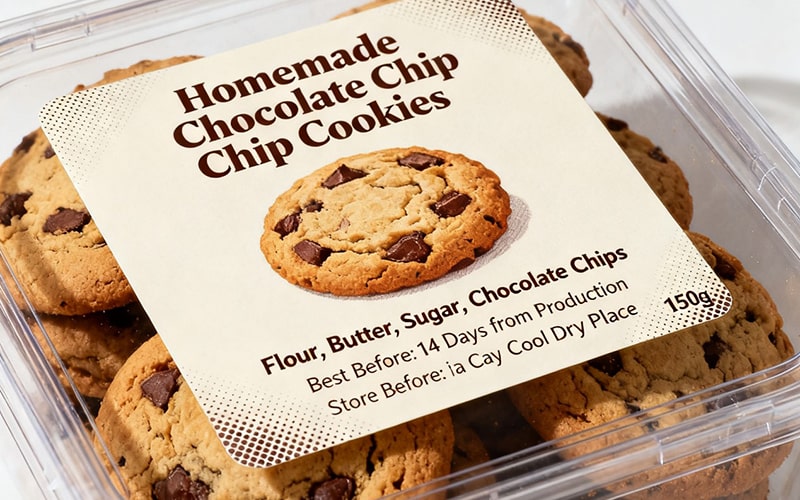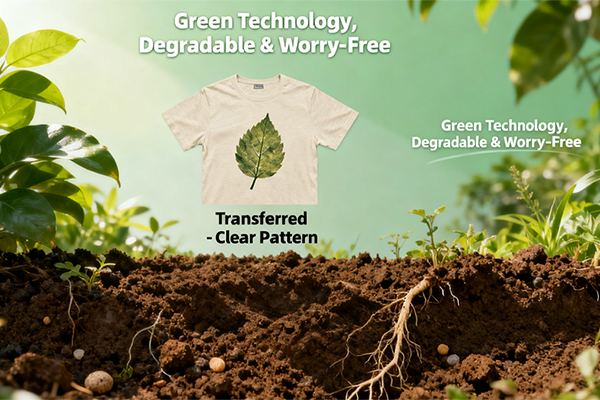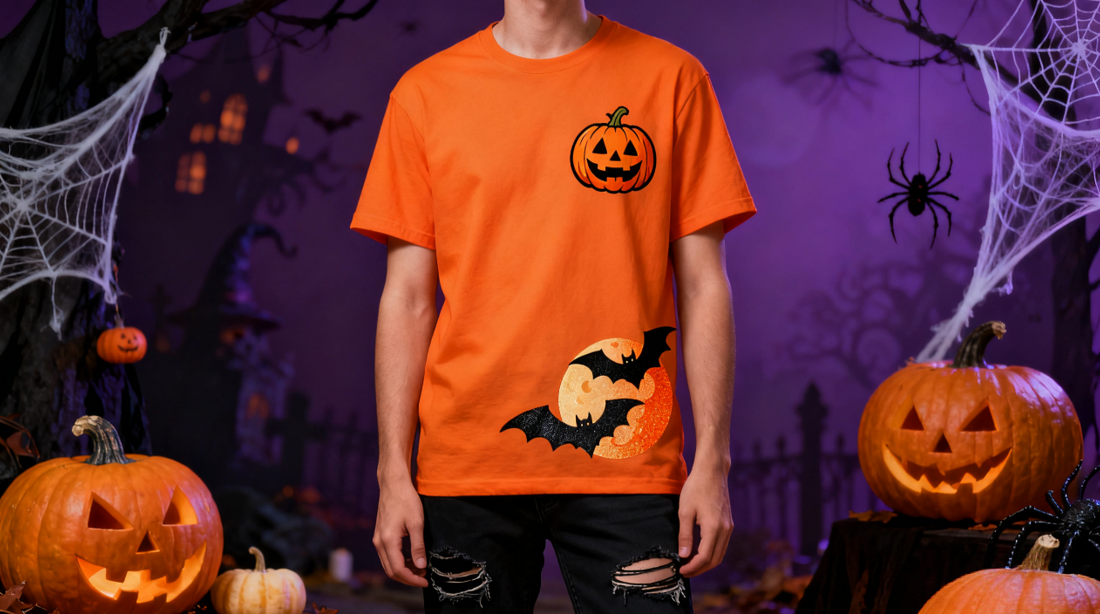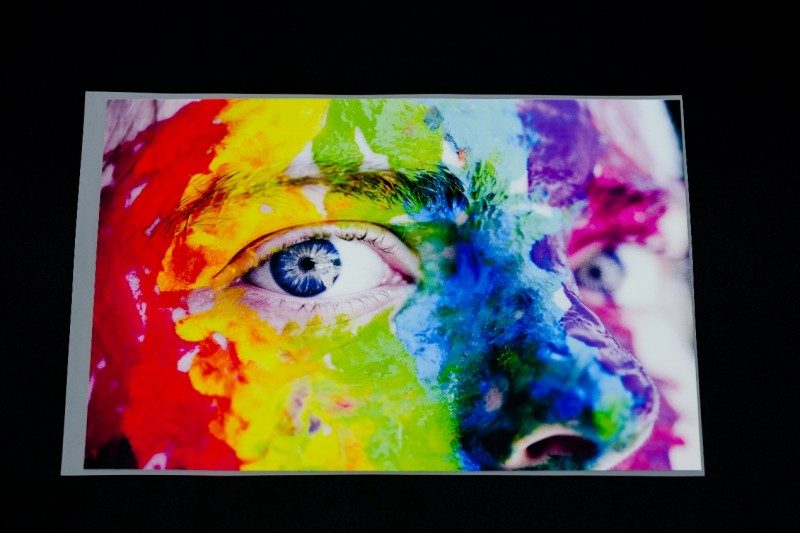What are the advantages of BOPP film
Third, BOPP film offers great versatility and safe...
MoreWhen selecting a reliable film for bag making supplier, businesses must prioritize key factors such as material quality, production capacity, certifications, and sustainability practices to ensure product durability, compliance, and market competitiveness. According to industry analyses from Grand View Research, the global flexible packaging market, which includes bag-making films, is projected to reach $358.5 billion by 2027, driven by demand from food, healthcare, and e-commerce sectors. Suppliers offering high-barrier films—like BOPP, LDPE, or biodegradable PLA—must adhere to international standards such as ISO 9001 for quality management and FDA/EC regulations for food-contact safety. For instance, data from Smithers indicates that BOPP films account for over 40% of the flexible packaging film market due to their moisture resistance and printability. Additionally, audits of supplier facilities should verify extrusion technology consistency, with thickness tolerances within ±5% to prevent defects like pinholes or weak seals, as noted in ASTM D882 tensile strength tests. Companies should also assess scalability; top suppliers like Amcor and Berry Global maintain annual production capacities exceeding 100,000 tons, ensuring timely delivery for large orders. Customization capabilities, such as PCR-integrated films or metallized layers for UV protection, further distinguish reliable partners, with Transparency Market Research highlighting a 12% CAGR for sustainable films through 2031.
Beyond technical specifications, evaluating a supplier’s industry reputation and logistical support is critical for long-term collaboration. Market data from Statista reveals that 68% of packaging buyers prioritize suppliers with robust R&D investments, which enable innovations like compostable films or anti-static coatings for electronic goods. Case studies from Alibaba Supplier Assessments show that vendors with on-time delivery rates above 98% and third-party certifications (e.g., SGS, REACH) reduce supply chain disruptions by 30%. For example, films used in medical packaging require ISO 13485 certification to guarantee sterility, while retail bags demand vibrant printing—achievable through advanced rotogravure or flexographic techniques with resolution up to 200 LPI. Environmental metrics are equally vital: suppliers adopting GRS-certified recycled materials can help brands meet ESG goals, with Euromonitor reporting a 22% surge in demand for PCR-based films since 2020. Additionally, geographic proximity to raw material sources (e.g., petrochemical hubs in Southeast Asia) lowers costs, while digital tracking systems enhance order transparency. Partnerships with suppliers who conduct regular batch testing and provide technical data sheets ensure alignment with end-use requirements, whether for heavy-duty industrial sacks or lightweight retail pouches.
Select the most popular foreign trade service products to meet your diverse needs
Learn more about the dynamics and professional knowledge of the foreign trade industry

Third, BOPP film offers great versatility and safe...
More
Flexo printing uses flexible plates to create high...
More
In the dynamic world of custom apparel printing, b...
More
Get ahead of the holiday rush with this actionable...
More
Sports are all about unity—and nothing fuels team ...
More
If you’re new to garment printing, using DTF film ...
MoreSelect the most popular foreign trade service products to meet your diverse needs
Explore more content related to foreign trade services

Tel: +86 17706217416
Add: Building L2A, No. 520, Lane 1588, Zhuguang Road, Hongqiao World Center, Qingpu District, Shanghai, China
User Comments
Service Experience Sharing from Real Customers
Michael Thompson
Packaging EngineerThis film has excellent tensile strength and consistent thickness, perfect for our automated bag production line. The low seal initiation temperature improves our efficiency significantly.
Sarah Chen
Production ManagerGreat clarity and puncture resistance. Our food packaging bags maintain freshness while showing product visibility. Minor adjustment needed for our sealing parameters but overall very satisfied.
David Rodriguez
Quality Control SpecialistConsistent quality across all rolls with minimal defects. The anti-fog properties work wonderfully for our fresh produce bags. Our rejection rate has dropped by 18% since switching to this film.
Jennifer Williams
Operations DirectorOutstanding barrier properties against moisture and oxygen. Perfect for our pharmaceutical packaging requirements. The material runs smoothly on high-speed machines with minimal downtime.